Agriculture Robot working model
ROBOTIC LAB EQUIPMENT WORKING MODEL / ROBOTIC EXHIBITION WORKING MODEL / ROBOTIC WORKING MODEL
4 in stock
Agriculture Robot working model
Creating an agriculture robot working model is an exciting and educational project for students, combining elements of robotics, electronics, agriculture, and environmental science. Below is a step-by-step guide to building a basic agriculture robot model:
**Materials Needed:**
1. Chassis (can be made from plastic, wood, or metal)
2. Motors and motor drivers
3. Wheels or tracks for mobility
4. Sensors (such as ultrasonic sensors, infrared sensors, or moisture sensors)
5. Microcontroller (Arduino or Raspberry Pi)
6. Battery pack
7. Actuators (such as servo motors for manipulators or actuators for planting)
8. Tools for fabrication (screwdrivers, soldering iron, etc.)
9. Enclosure for housing electronics (optional)
10. Glue, tape, screws, and basic tools
**Steps:**
**1. Design the Chassis:**
– Sketch out the design for the robot’s chassis, considering factors like stability, weight distribution, and space for components.
– Choose materials for the chassis that are sturdy and suitable for outdoor use in agricultural environments.
**2. Install the Motors and Mobility System:**
– Attach motors to the chassis and mount wheels or tracks for mobility.
– Connect the motors to motor drivers and wire them to the microcontroller for control.
**3. Integrate Sensors:**
– Install sensors onto the chassis, ensuring they are positioned to collect data relevant to agricultural tasks (e.g., soil moisture, temperature, humidity).
– Choose sensors based on the specific needs of the agricultural robot and the types of data to be collected.
– Wire the sensors to the microcontroller for data acquisition and processing.
**4. Design the Actuators and Manipulators:**
– If the robot will perform tasks such as planting seeds or removing weeds, design and install appropriate actuators or manipulators.
– Choose actuators such as servo motors for precise control of manipulator arms or actuators for planting seeds.
– Ensure that the actuators are compatible with the tasks to be performed and can withstand outdoor conditions.
**5. Wire and Connect Electronics:**
– Connect all electronic components, including motors, sensors, and actuators, to the microcontroller.
– Use jumper wires, connectors, and soldering as necessary to make secure connections.
– Consider using an enclosure to protect electronic components from dust, water, and other environmental factors.
**6. Program the Microcontroller:**
– Write code to control the robot’s movement, sensor data collection, and task execution.
– Implement algorithms for autonomous navigation, obstacle avoidance, and agricultural tasks such as planting and weeding.
– Use Arduino IDE or Python for Raspberry Pi to program the microcontroller.
**7. Test and Calibration:**
– Test the robot in a controlled environment to ensure that all components are functioning correctly.
– Calibrate sensors and actuators as needed to ensure accurate data collection and task execution.
– Conduct field tests to evaluate the robot’s performance in real-world agricultural settings.
**8. Demonstration and Presentation:**
– Showcase the agriculture robot to students, teachers, or parents, demonstrating its functionality and effectiveness in agricultural tasks.
– Explain the importance of agricultural automation and the role of technology in improving efficiency and sustainability in farming.
– Discuss potential applications of the robot in various agricultural tasks, such as planting, irrigation, and pest control.
Building an agriculture robot working model provides students with hands-on experience in robotics, electronics, agriculture, and environmental science, fostering critical thinking, problem-solving skills, and STEM literacy. It offers an engaging educational opportunity to learn about technological innovations in agriculture and their impact on food production and sustainability.
Elevate your agricultural operations with our cutting-edge Agriculture Robot Working Model. Designed to automate planting, weeding, and harvesting, this AI-powered robot optimizes your resources and boosts productivity. Perfect for any size farm, it integrates advanced features like soil analysis and weather adaptation to ensure peak performance year-round. Experience efficient, sustainable farming today!
| Weight | 1.5 kg |
|---|---|
| Dimensions | 30 × 25 × 6 cm |
You must be logged in to post a review.
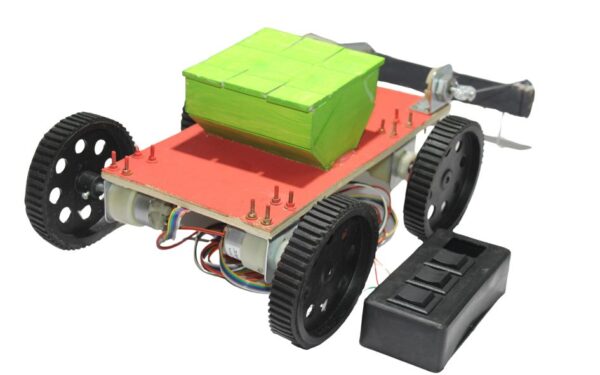
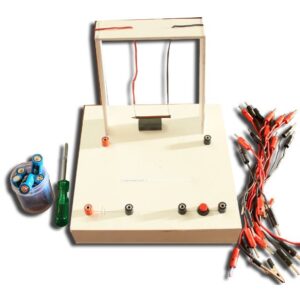
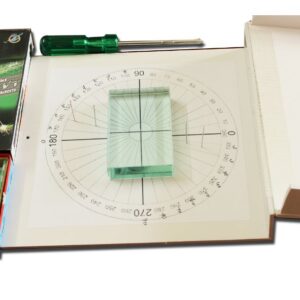
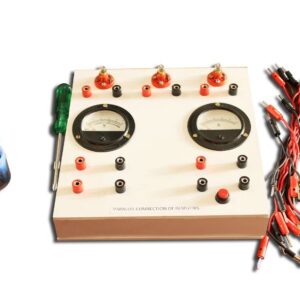
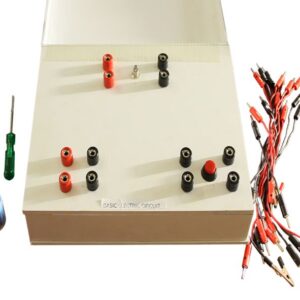
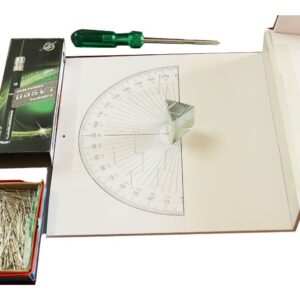
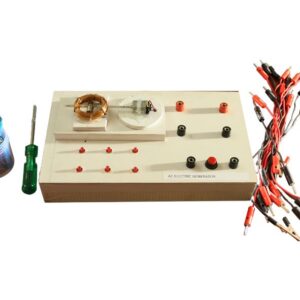
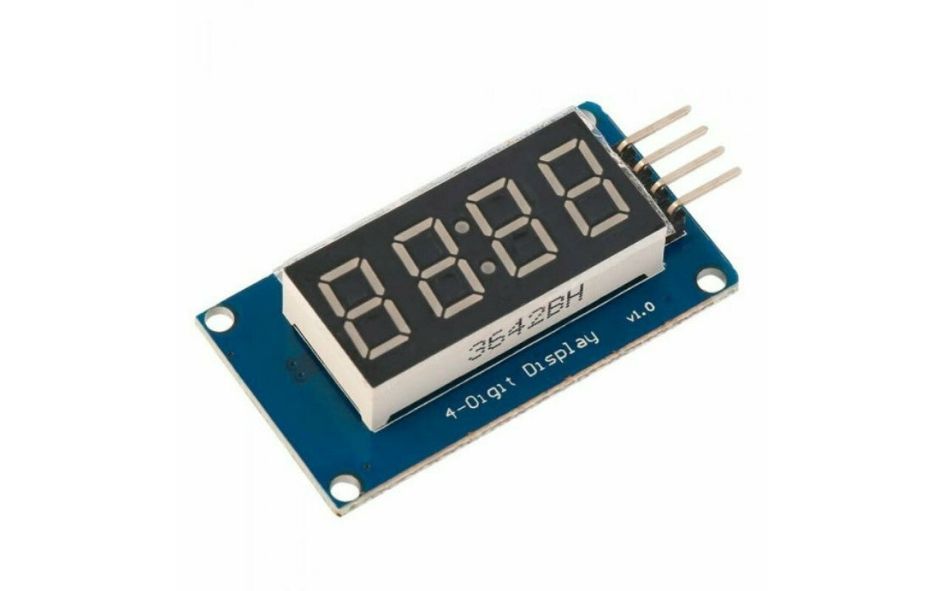
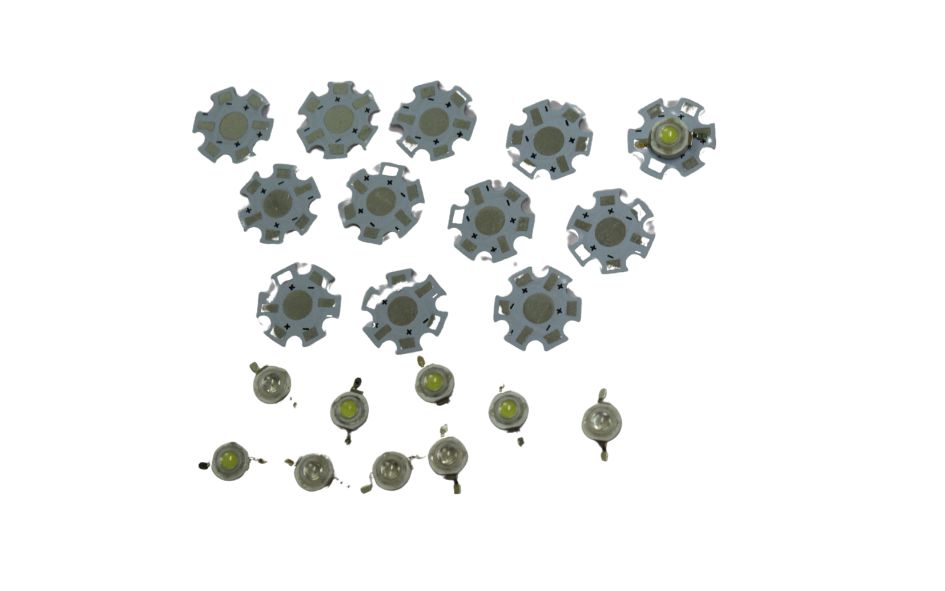
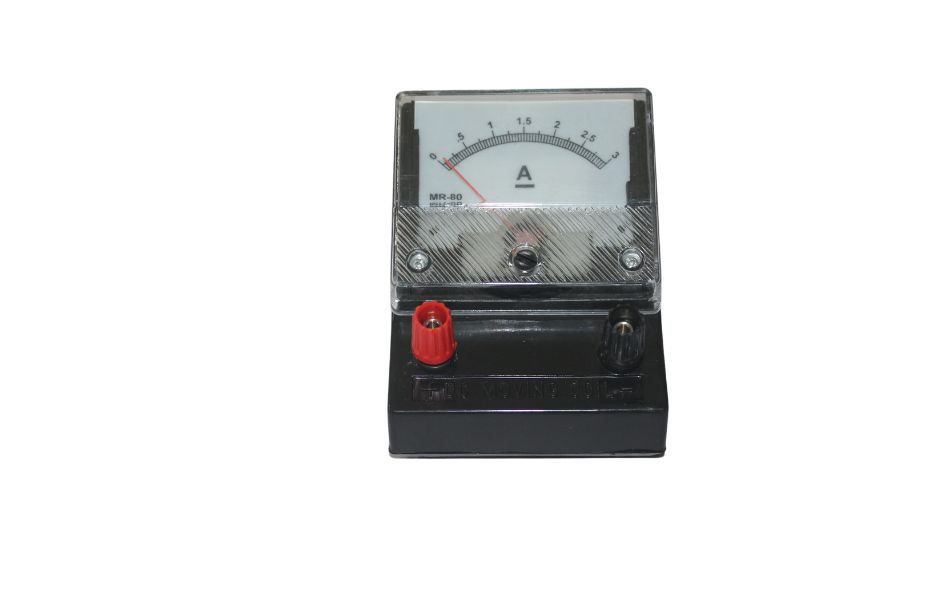
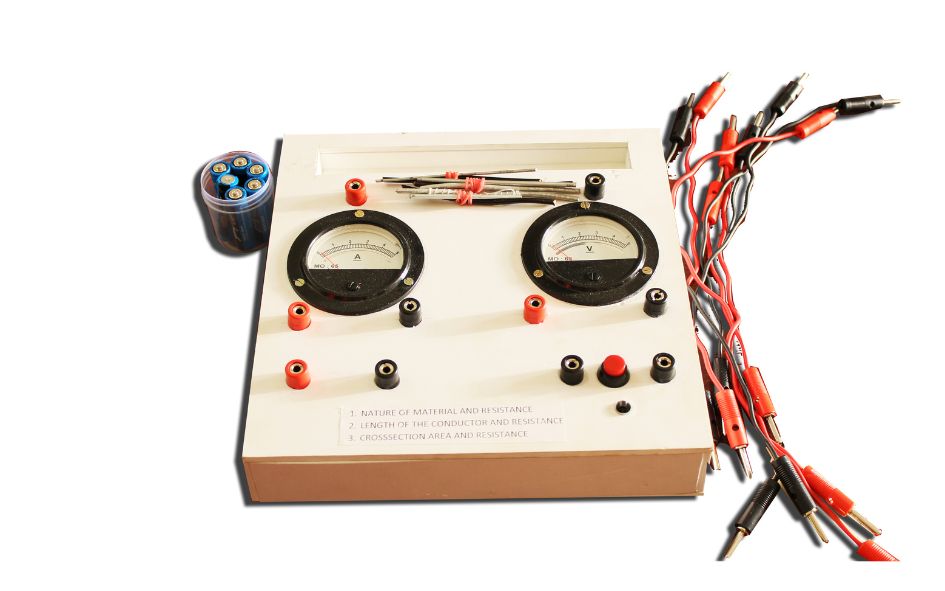
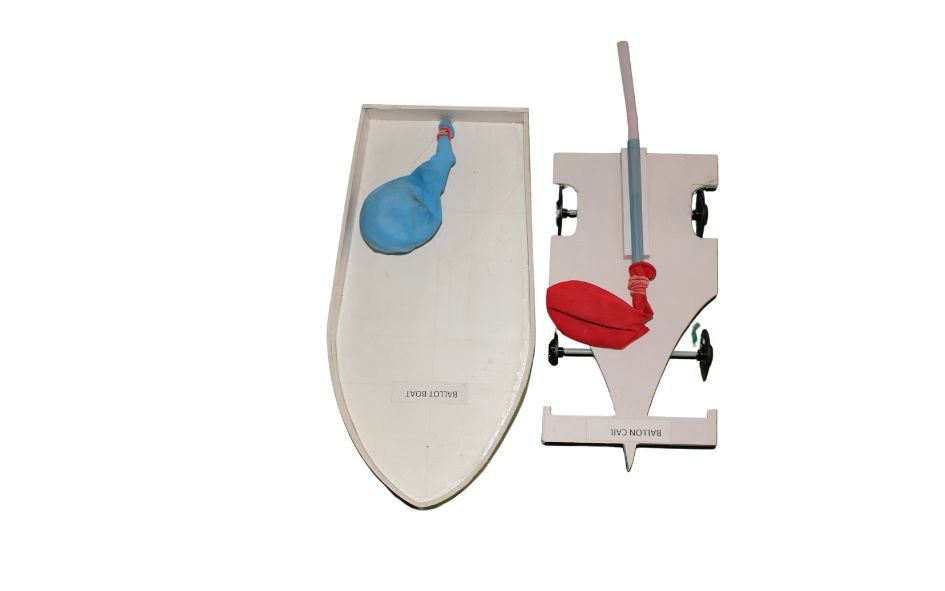
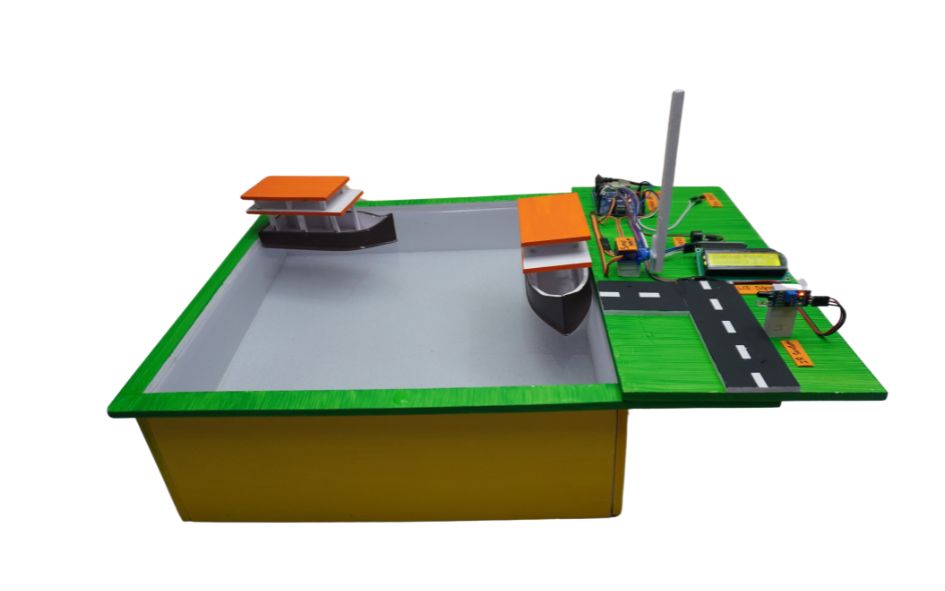
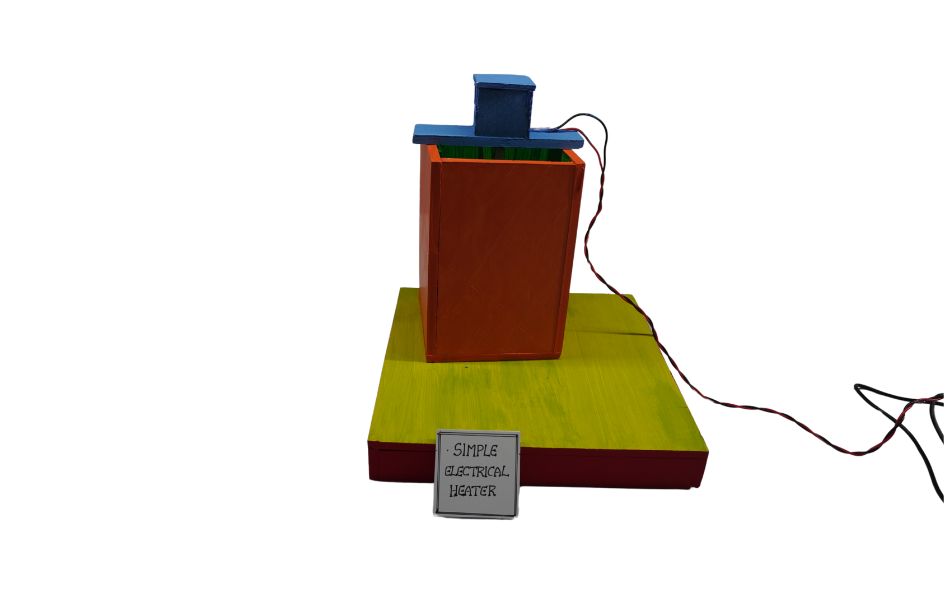
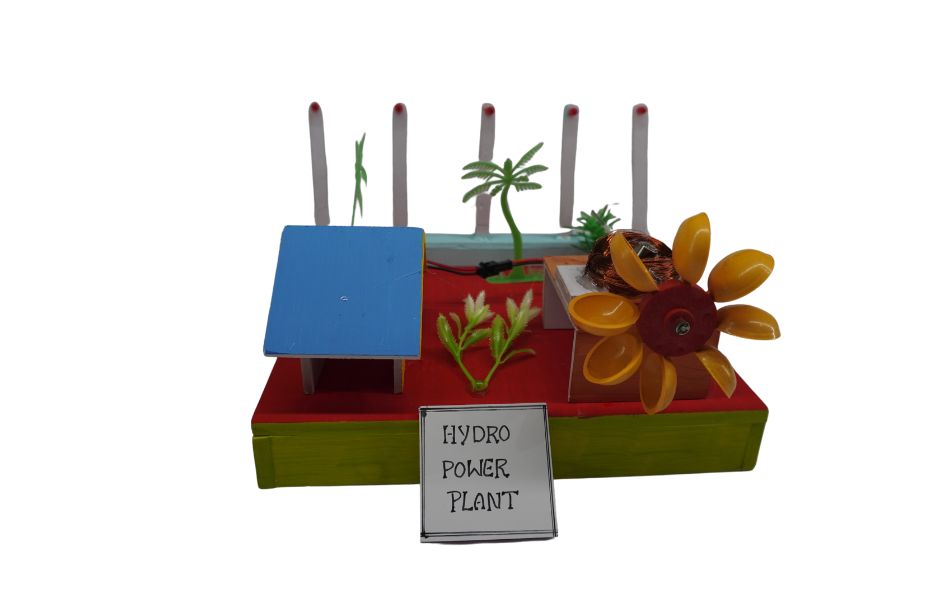
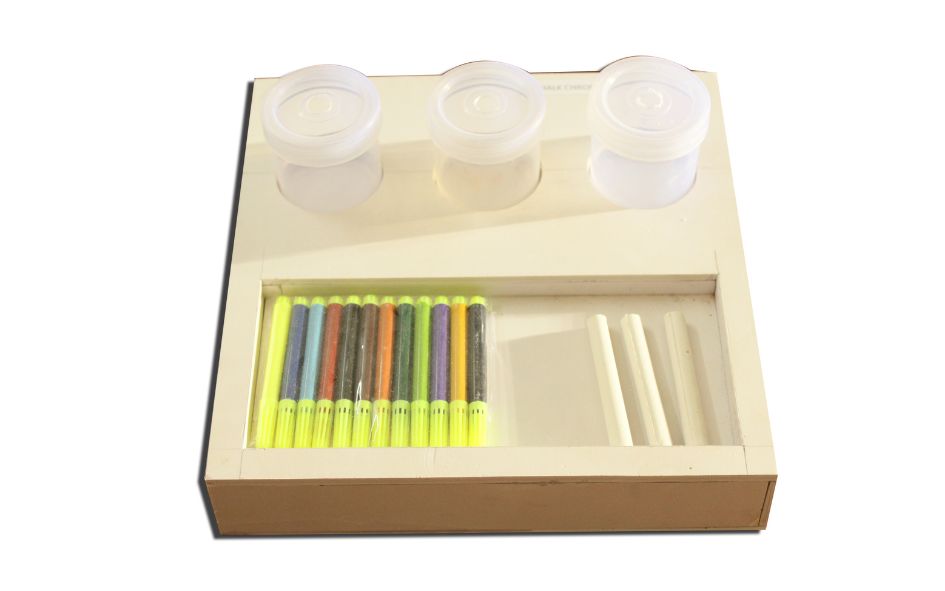
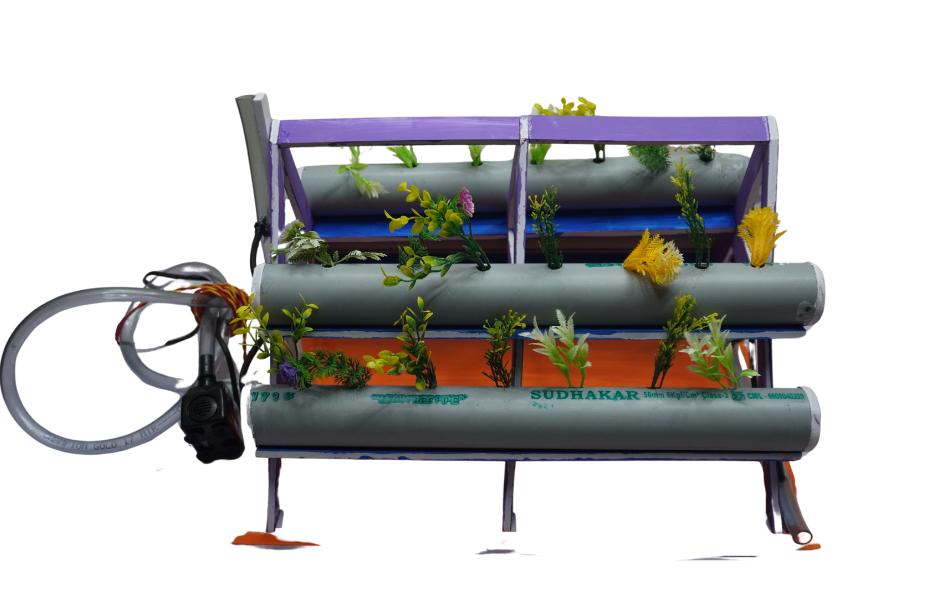
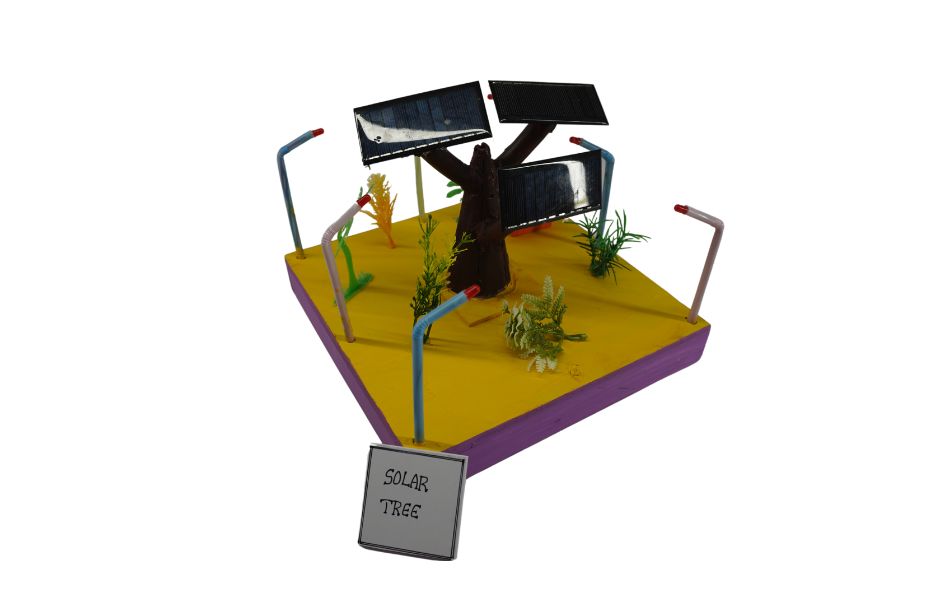
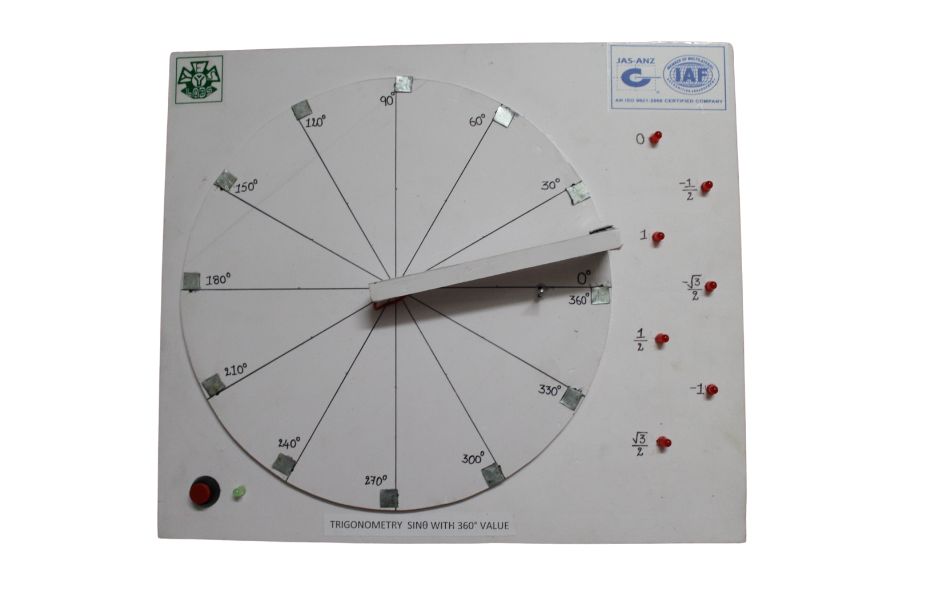
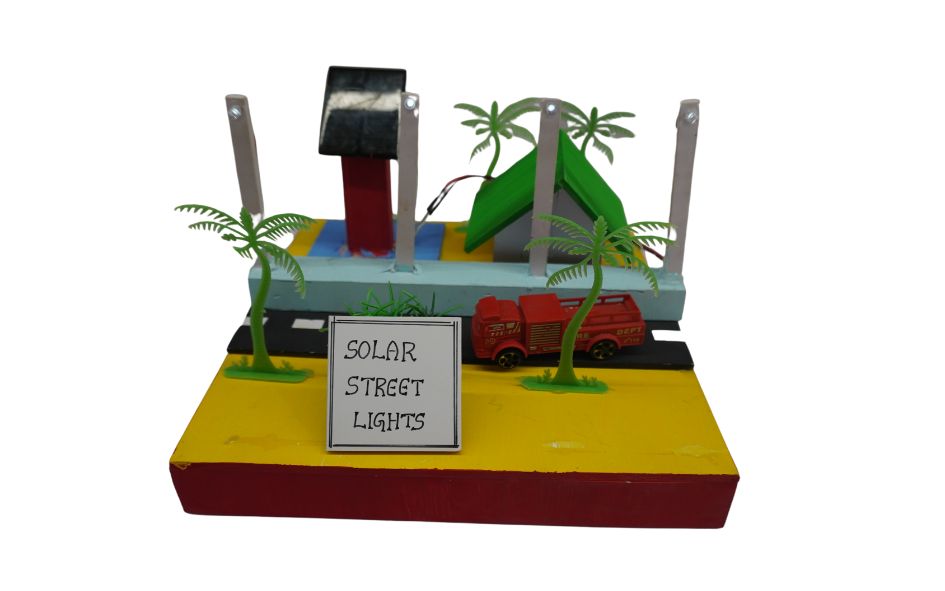

Reviews
There are no reviews yet